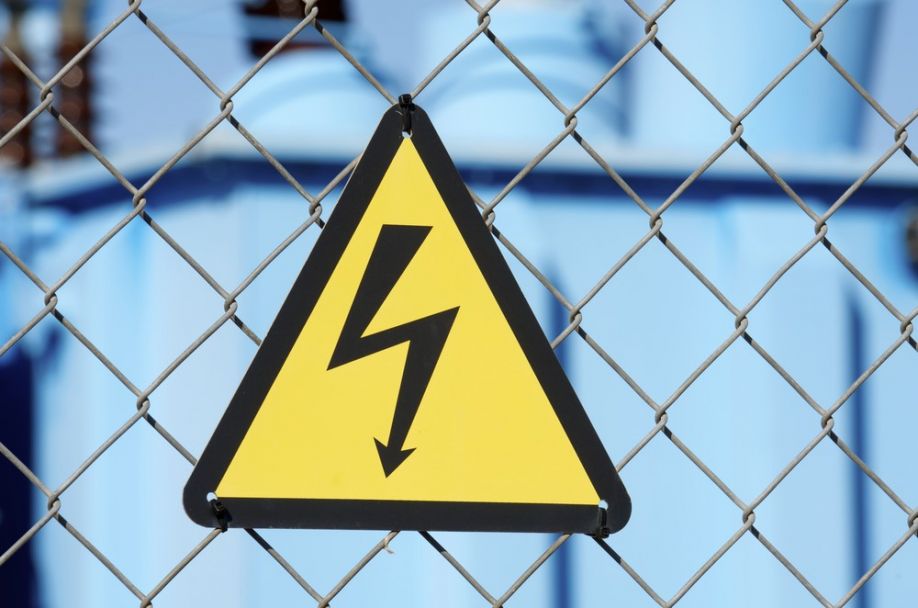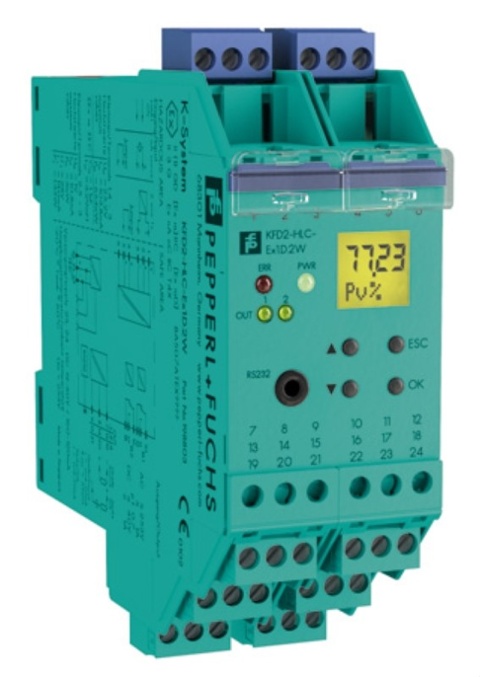Intrinsic safety has a unique advantage over other ignition protection methods. Because trained personnel can connect and disconnect live circuits, it is possible to remove and replace intrinsically safe devices in hazardous areas.
Intrinsic Safety: Isolated Barriers Bring out the Best in Protection
Patricia Stafford | Pepperl+Fuchs
What is intrinsic safety?
The best form of protection is prevention. So when it comes to electricity, low voltage and current flow is the way to go.
Keeping people and equipment safe is a top priority for anyone who works with electrical equipment in a hazardous area. Intrinsic safety is key. An intrinsically safe system is one in which the current and voltage are kept so low that there is not enough energy to produce arcs, sparks, flames, or explosions.

What makes up an intrinsically safe (IS) circuit?
Three components comprise an IS circuit:
- IS field device
- IS isolated barrier
- Interconnecting cable
What is the principle behind isolated barriers? How do they work?
Isolated barriers use galvanic isolation to protect electrical signals in potentially flammable or other hazardous areas. They do not stop signals or communication from getting through—a barrier only stops dangerous levels of current and voltage. Signals are still transmitted between the field device and the control system. However, by limiting the energy to low levels incapable of causing ignition, dangerous sparks cannot form. This intrinsically safe setup prevents electrical shocks, fires, and explosions. The kinds of control and instrumentation signals that isolated barriers can work with include NAMUR sensors, transmitters, valves, solenoids, thermocouples, and other similar IS rated devices.
How do I mount or install isolated barriers?
Because isolated barriers do not have a direct electrical conduction path, you don’t need a dedicated ground. However, these barriers usually do need a separate power supply. K-System modules are mounted on a DIN rail or Power Rail and just snap on vertically. (A Power Rail, which is inserted in a standard DIN rail, supplies modules with power and allows you to send collective error messages from individual isolators.) Similarly, H-System termination boards are mounted on a DIN rail.
What can you do with isolated barriers? What kinds of applications or industries are they used in?

As previously mentioned, isolated barriers can protect any IS device connected to them, including transmitters, solenoids, and thermocouples. They are ideal whenever you have an application in a hazardous area and the cost for explosion-proof protection is too cost prohibitive. Typical applications include oil and gas, pharmaceutical, cosmetics, chemical, food and beverage, etc.
Why is intrinsic safety better than other options?
Intrinsic safety has a unique advantage over other ignition protection methods. Because trained personnel can connect and disconnect live circuits, it is possible to remove and replace intrinsically safe devices in hazardous areas. Guaranteed safe even when a short circuit or lead breakage occurs, general purpose wiring methods are permissible in hazardous areas. Live maintenance can take place without shutting down the plant. Infallible, de-rated components ensure reliability. The bottom line is that intrinsically safe systems lead to cost savings in installation and maintenance.
The content & opinions in this article are the author’s and do not necessarily represent the views of ManufacturingTomorrow
Comments (0)
This post does not have any comments. Be the first to leave a comment below.
Featured Product

